
For an investor and a company both, the declaration of dividend is an event of waiting and strategic importance. It is not merely distributing the profit; it reflects the financial stature of a company, an encouragement to its shareholders as a reward, and an integral part of corporate governance. In India, the entire process, from proposal to payment, is strictly overseen by the Companies Act, 2013. This article represents surrounding the complexities of the declaration of dividend, uncovering key provisions, recent changes, and what it implies for your investments (declaration of dividend). Declaration of dividend is a significant corporate decision whereby companies remunerate their shareholding. Declaration of dividend not only signifies financial discipline but also gives a clarity of Revenue performance and trust on an organization. The method for declaration of dividend under companies act 2013 clearly specifies, following the compliance, clarity and good distribution and understanding the legal standing and economic stability of a company’s declaration of dividend. Declaration of dividend is important for taking better investment decision, as we know the declaration of dividend often signifies sound fullness of management a financial stability.
The constant change in regulations and market practices, such as the latest trends in declaration of dividend policies, continuously refines this framework, ensuring declaration of dividend strong.
This article enlightens you through every aspect of declaration of dividend, including the types, constraints, legal framework, process, and opinions on recent dividend declaration.
What is a Dividend?
Essentially, a dividend is a distribution of a firm's earnings to its shareholders. Under Section 2(35) of the Companies Act, 2013, a "dividend" in its entirety encompasses any interim dividend. It is a simple way through which companies share their success with their capital investors. When companies declared dividend and hence dividend, it is a sign of financial health and tends to breed more investor confidence. For shareholders, it's a substantial change in their investment.
For better understanding the legal framework discussed regarding declaration of dividend below-
Legal Framework: Understanding the Companies Act, 2013(Declare dividend and payment of dividend)
The Companies Act, 2013, lays down strict provisions to ensure the declare dividend and payment of dividend are made transparently and judiciously.
Section 123: The important Pillar to Declare Dividend
This section acts as the backbone of any firm looking to declare dividend.
Sources of Dividend: A company is able to declare dividend for a financial year only out of:
Profits of Current Year: After deducting depreciation as per Schedule II to the Act.
Accumulated Profits: From profits of the company in respect of any previous financial year or years after deducting depreciation and remaining undistributed. It has to be noted while understanding declare dividend.
Government Guarantee: first, Central government declare dividend on the basis of a guarantee given and then on the basis of money contributed by the Central or State Government towards dividend payment.
Reserve Declaration (Rule 3 of the Companies (Declaration and Payment of Dividend) Rules, 2014): In case there is deficiency or non-availability of profits; to declare dividend, company can utilize its free reserves to declare dividend on strict conditions:
The rate of declare dividend must not exceed the average of rates at which dividend was declared by it during the three immediately preceding accounting years (unless no declare dividend was there in such years).
The amount withdrawn from such profits so accumulated shall not exceed one-tenth of the sum of its paid-up share capital and free reserves according to the last audited balance sheet.
The so withdrawn sum shall have to be utilized at first to meet losses incurred during the financial year before it can declare dividend in cash or equity dividend.
The remainder of reserves after withdrawal cannot be less than fifteen percent of its paid-up share capital as per the latest audited balance sheet. It’s one of the important components to declare dividend
Prohibition of Dividend: for the declaration of dividend, no firm shall declare dividend unless it has considered the provisions of Sections 73 (acceptance of deposits) and 74 (repayment of deposits accepted before the commencement of the Act).
Types of Dividends:
- Final Dividend: Final Dividend is voted upon by the shareholders at the Annual General Meeting (AGM) on the recommendation of the Board of Directors. It is typically declared after the end of the financial year and on the basis of profits made during that year. After being declared, the final dividend becomes a legal obligation of the company, that is, the company has to pay it to the shareholders. The source of a final dividend is normally the accumulated profits, surplus in profit and loss account, or the profits of the current year. Upon approval in the AGM, the company reserves the required amount and makes the distribution to the shareholders on the due date of payment.
- Interim Dividend: The Company announced an interim dividend at any point during the fiscal year or following the fiscal year's conclusion but before to the Annual General Meeting (AGM). It does not need shareholder approval like the final dividend does. The decision to declare an interim dividend is based on the availability of profits up to the quarter preceding the date of declaration or from the accumulated surplus in the profit and loss account. While an interim dividend does not become a legal liability upon declaration, it becomes binding once the payment process is initiated. Generally, although the Board is discouraged from withdrawing it after declaration, there may be exceptional circumstances under which such a decision could be reconsidered. Once approved by the Board, the company makes the necessary financial arrangements and pays the dividend to shareholders as per the declared timeline.
Notably, unlike a final dividend, an interim one announced by the Board is not a liability until its issuance, even though the Board is generally discouraged from withdrawing it.
The declaration and payment of dividend is a crucial process for companies distributing profits to their shareholders. It begins with the board of directors formally approving the dividend, outlining the amount per share, the record date, and the payment date – this constitutes the declaration and payment of dividend. Following this declaration, the company sets aside the necessary funds and makes arrangements for the actual distribution. The declaration and payment of dividend then culminates in the funds being transferred to shareholders on or after the specified payment date, completing the entire declaration and payment of dividend cycle.
Section 124: The Outstanding Dividend Saga
This section deals with the treatment of unpaid or unclaimed dividends.
Deposit in Separate Account: The amount of the dividend, including interim dividend, shall be deposited in a scheduled bank under a separate account within five days from the date of its declaration of dividend.
Transfer to IEPF: In case a dividend, after having declaration of dividend, remains unpaid or unclaimed for seven consecutive years from the date of falling due for payment, the company shall transfer the amount of unpaid dividend along with the shares thereon, to the Investor Education and Protection Fund (IEPF). This is a significant provision that was put in place to ensure the safety of investors' interests, so that lost funds and shares are ultimately regulated by a statutory authority. There has recently been the call to preserve this provision, emphasizing the significance of investor protection.
Section 127: The Price of Default
This section levies penalties for the non-payment of a declare dividend within the specified time frame.
Consequences of Non-Payment: If a company fails to pay the cash dividend or issue dividend warrants within thirty days of declaration, strict penalties are invoked.
To Directors: Any director of the company who is a part to the default knowingly shall be punishable with imprisonment for a term which may extend to two years and also with a fine not less than one thousand rupees for every day of continuance of the default. This makes the directors personally liable.".
By the Company: The company itself is liable for paying simple interest at a rate of eighteen percent a year for the period of default.
Reasonable Cause for Non-Payment: The Act has some reasonable defenses against the failure to pay by a company, such as:
- Operation of some law (e.g., judicial order).
- Not complying with the orders of the shareholder.
- Difference regarding right to receive the dividend.
- Adjustment of dividend against any debt owing by the shareholder to the company.
- Any other cause not arising from the default of the company.
Recent Trends and Key Discussions: Staying Ahead of the Curve
The trend in dividend declaration remains dynamic, with current debates and customs shaping corporate policy.
Flexibility in Interim Dividend Declaration: There has been discussion and proposed changes to Section 123(3) to implement more flexibility for the declaration of interim dividend even subsequent to the end of the financial year but before the AGM. It attempts to bring the law more in line with business customs and to allow the declaration of such earnings to actually reflect earnings up to the date of declaration rather than anticipated future earnings.
Corporate Governance and Dividend Policies: SEBI mandates top listed companies to place their dividend payout policy on their website. This makes it transparent and enables investors to know about how dividend declaring companies approach sharing profits. A number of Indian companies announced dividend along with their internal benchmarks, showing a sense of persistent shareholder dividends while equity growth requirements are fulfilled. The trend of fresh dividend declaration when latest dividend declared by Indian Companies like Wipro, DLF, and many other companies in July 2025 and earlier months indicates that they have a good financial position and invested in shareholders. It is useful information regarding market performance from the observation of recent dividend declared by Indian companies.
Difference between profit and reserves: As a part of responsible budgeting, use of free reserves and current revenues towards declaration of dividends(interim) and declaration of dividends remains to be thoroughly examined.
Key Issues and Best Practices
- Depreciation takes Precedence: Always remember that provision for depreciation needs to be made before profits are used for declaration of dividend.
- Cash is preferred unless stated otherwise: Dividend tends to be paid as cash dividend. The Act does, authorize the capitalization of profits or reserves for issue of fully paid-up bonus shares, which is not a dividend by this meaning but another passing of value.
- Board's Role: Though shareholders decide dividend (ultimate), Board's recommendation holds. In case of interim dividend, the Board can.
- Investor Awareness: As an investor, it is necessary to keep a watch on the current announced dividend and the dividend policies of the dividend-announcing companies for astute investment purposes. A firm announcing dividend time and again depicts stability.
Conclusion
Declaration of dividend under the Companies Act, 2013 is a complex process meant to balance shareholder payouts with fiscal prudence and company stability. For companies, it's a question of adherence to legal requirements while designing a sustainable dividend policy. For investors, it's a question of understanding the legality and financial standing of companies declared dividend so that they may make informed decisions. The ongoing dynamism in regulations and market practices, such as the latest trends in dividend declaration, makes sure that the framework keeps on being sound, safeguarding both the interests of the firm and those of its precious shareholders.
For companies, the declaration of dividend is not merely about distributing profits; it's a strategic decision demanding strict adherence to legal requirements, ensuring adequate reserves, and crafting a sustainable dividend policy that reflects both current performance and future growth aspirations.
Recent Posts
-
 Secretarial Audit for Unlisted and Private Compani...
Dec 19,2025
Secretarial Audit for Unlisted and Private Compani...
Dec 19,2025
-
 How to Get CTE and CTO under Environmental Laws in...
Nov 27,2025
How to Get CTE and CTO under Environmental Laws in...
Nov 27,2025
-
 Step by Step guide for appointment of Independent ...
Nov 06,2025
Step by Step guide for appointment of Independent ...
Nov 06,2025
-
 Liaison Office vs Branch Office: A comparative ana...
Sep 02,2025
Liaison Office vs Branch Office: A comparative ana...
Sep 02,2025
-
 Role of Shareholders Agreement in Startups and Inv...
Aug 30,2025
Role of Shareholders Agreement in Startups and Inv...
Aug 30,2025
-
 Setting Up a Wholly Owned Subsidiary (WOS) in Indi...
Aug 12,2025
Setting Up a Wholly Owned Subsidiary (WOS) in Indi...
Aug 12,2025
-
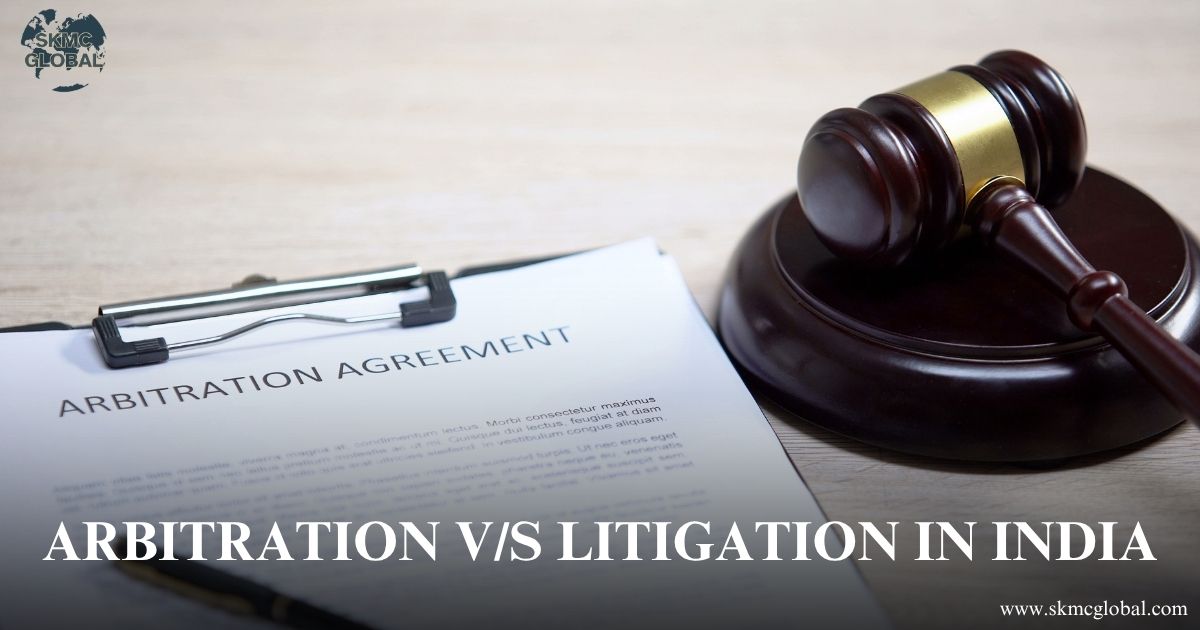 Arbitration v/s Litigation in India...
Aug 05,2025
Arbitration v/s Litigation in India...
Aug 05,2025
-
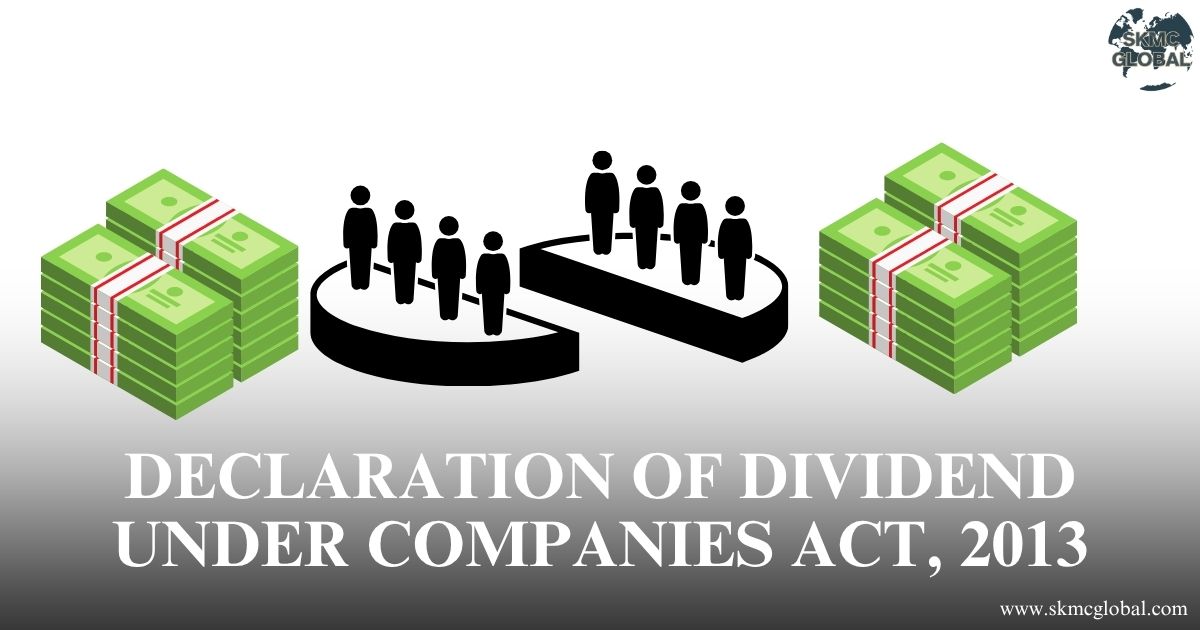 Declaration of Dividend under Companies Act, 2013...
Aug 02,2025
Declaration of Dividend under Companies Act, 2013...
Aug 02,2025
-
 What is MSME Form 1 and how it can be filed?...
Aug 01,2025
What is MSME Form 1 and how it can be filed?...
Aug 01,2025
-
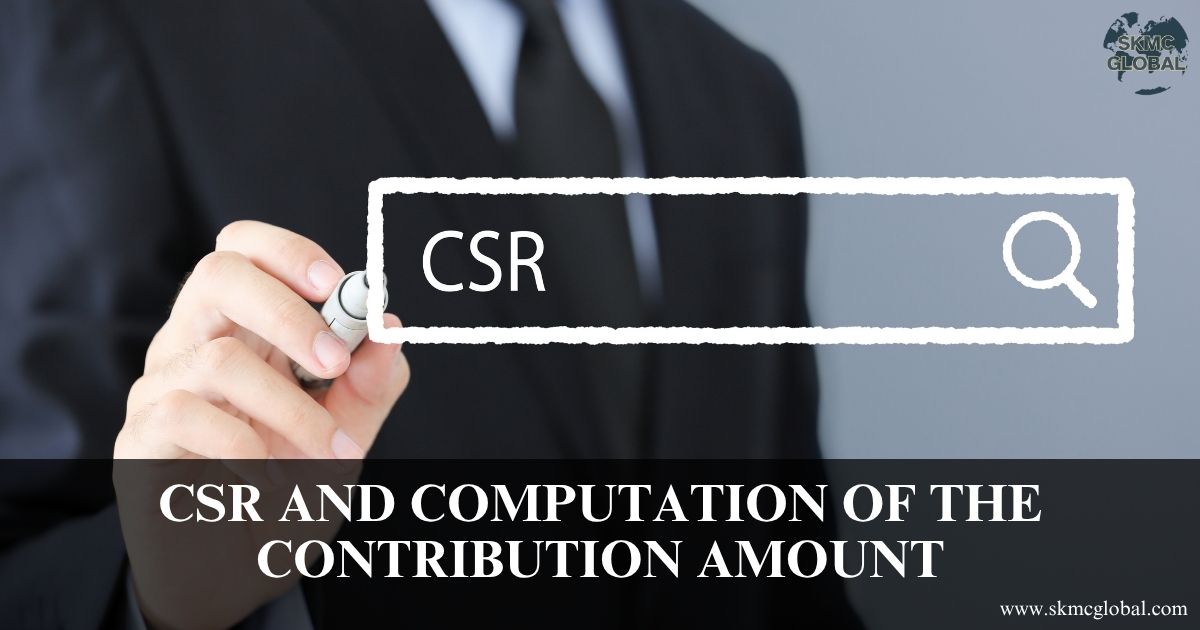 What is CSR and how to compute the contribution am...
Jul 31,2025
What is CSR and how to compute the contribution am...
Jul 31,2025
-
 Process for removal of company auditor under Compa...
Jul 31,2025
Process for removal of company auditor under Compa...
Jul 31,2025
-
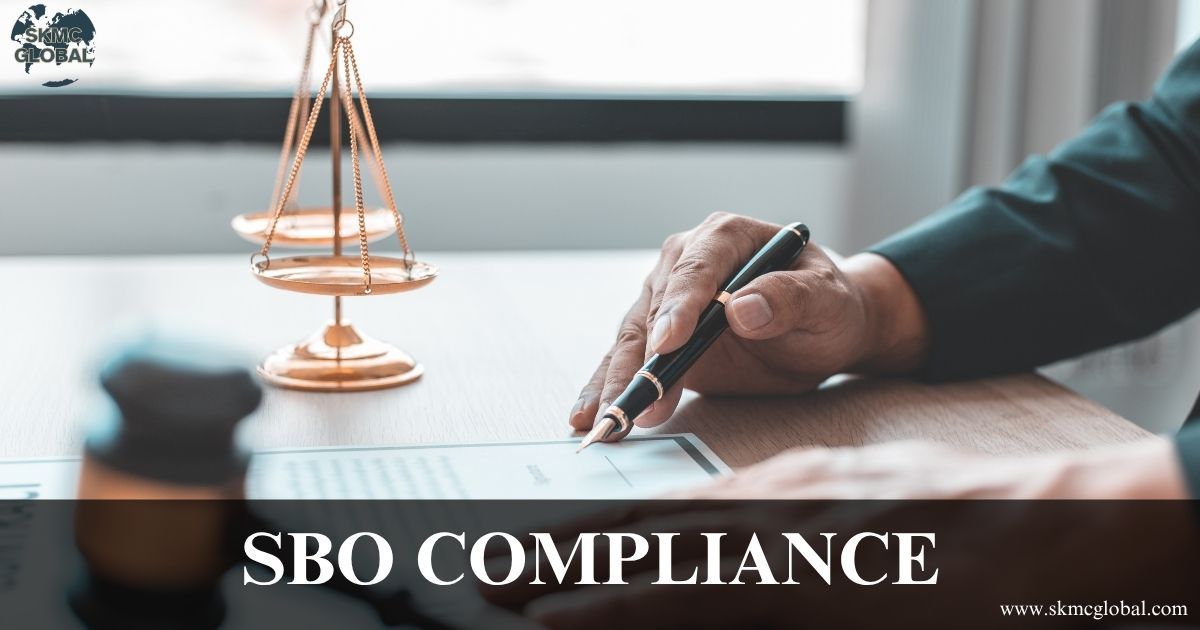 What is SBO Compliance and when it is needed?...
Jul 29,2025
What is SBO Compliance and when it is needed?...
Jul 29,2025
-
 Role of Key Management Personnel and their appoint...
Jul 28,2025
Role of Key Management Personnel and their appoint...
Jul 28,2025
-
 Registering a Partnership Firm in India...
Jul 28,2025
Registering a Partnership Firm in India...
Jul 28,2025
-
 Procedure to strike off a company...
Jul 28,2025
Procedure to strike off a company...
Jul 28,2025
-
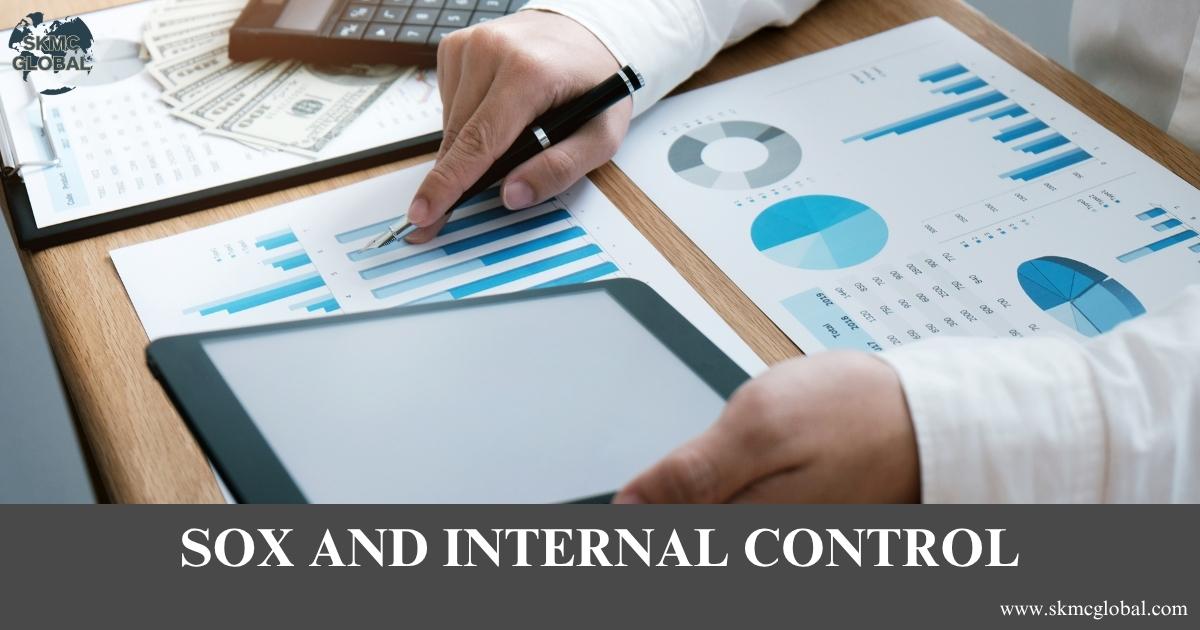 sox and internal control...
Jul 17,2025
sox and internal control...
Jul 17,2025
-
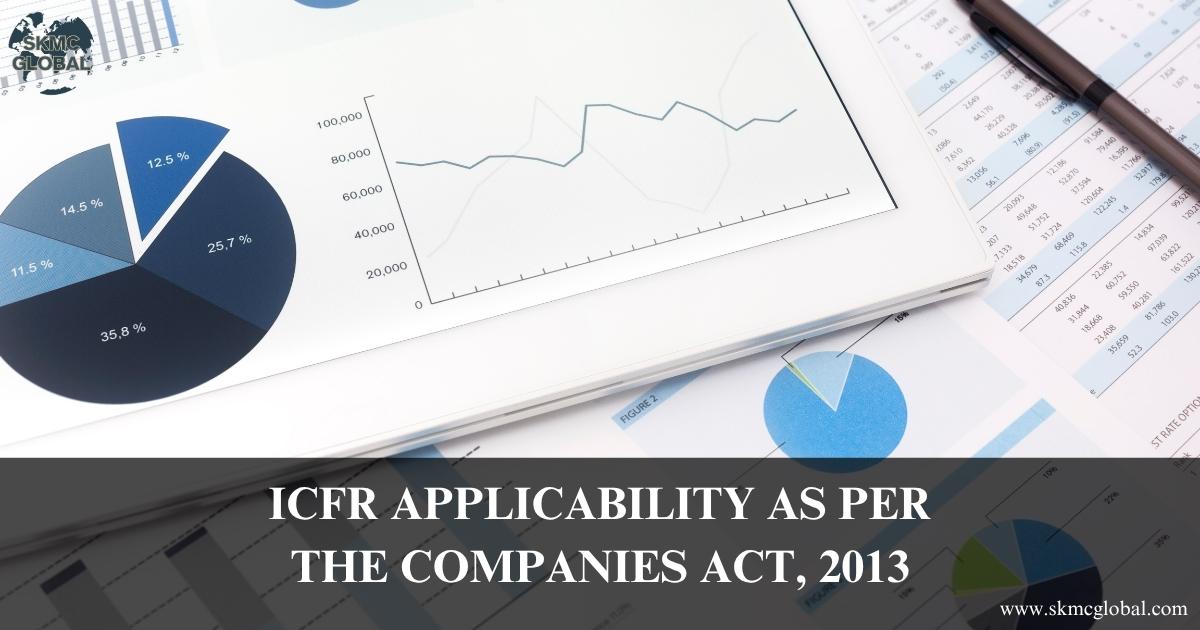 ICFR Applicability as per the Companies Act, 2013...
Jul 15,2025
ICFR Applicability as per the Companies Act, 2013...
Jul 15,2025
-
 Concept of Sweat Equity Shares and its uses...
Jun 25,2025
Concept of Sweat Equity Shares and its uses...
Jun 25,2025
-
 Whether loans and borrowing are considered as depo...
Jun 18,2025
Whether loans and borrowing are considered as depo...
Jun 18,2025
-
 What are the major compliance for unlisted compani...
Jun 05,2025
What are the major compliance for unlisted compani...
Jun 05,2025
-
 A Guide to Compensation to Director in Indian Corp...
Jun 04,2025
A Guide to Compensation to Director in Indian Corp...
Jun 04,2025
-
 Loans to Company Directors- A Legal and Ethical Fr...
Jun 04,2025
Loans to Company Directors- A Legal and Ethical Fr...
Jun 04,2025
-
 Top 7 Things You Must Know About External Commerci...
May 16,2025
Top 7 Things You Must Know About External Commerci...
May 16,2025
-
 Integrating CSR into Your Business Model:A Step-by...
May 14,2025
Integrating CSR into Your Business Model:A Step-by...
May 14,2025
-
 What are the applicable Labour Laws in HR (Human R...
May 14,2025
What are the applicable Labour Laws in HR (Human R...
May 14,2025
-
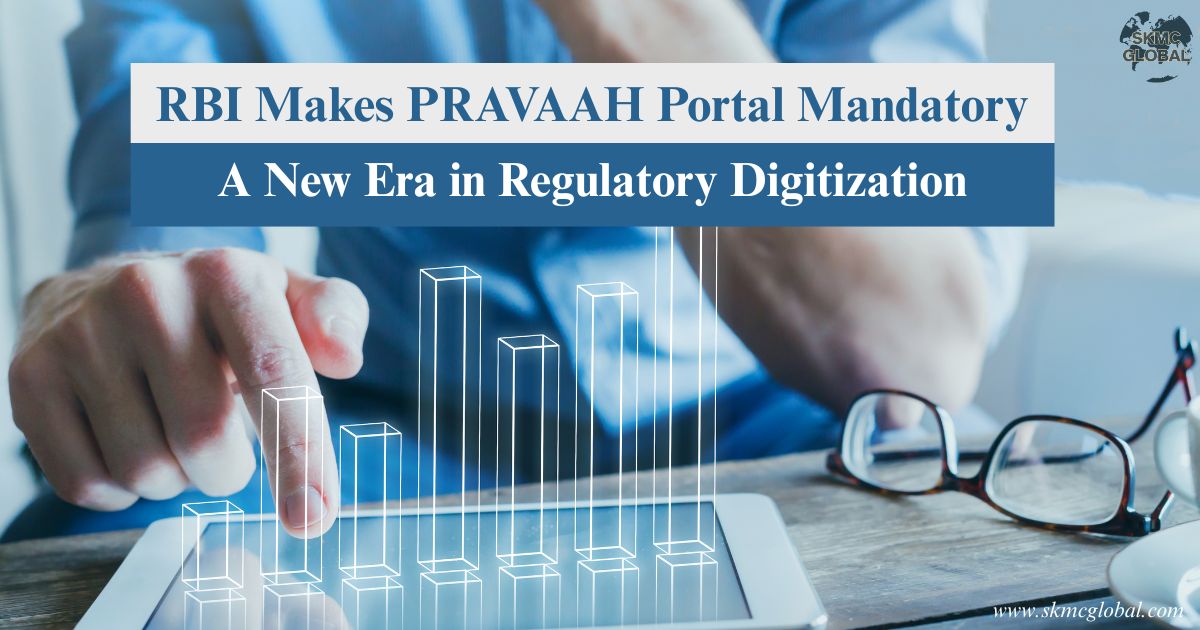 Unveiling the PRAVAAH Portal: A Comprehensive Guid...
Apr 18,2025
Unveiling the PRAVAAH Portal: A Comprehensive Guid...
Apr 18,2025
-
 FLA Return and its compliance...
Feb 08,2022
FLA Return and its compliance...
Feb 08,2022
-
 Process of closure of Branch office in India...
Dec 30,2021
Process of closure of Branch office in India...
Dec 30,2021
-
 Steps to Shut down the Liaison Office in India...
Sep 14,2021
Steps to Shut down the Liaison Office in India...
Sep 14,2021
-
 Procedure for closure of Project Office in India...
Aug 10,2021
Procedure for closure of Project Office in India...
Aug 10,2021
